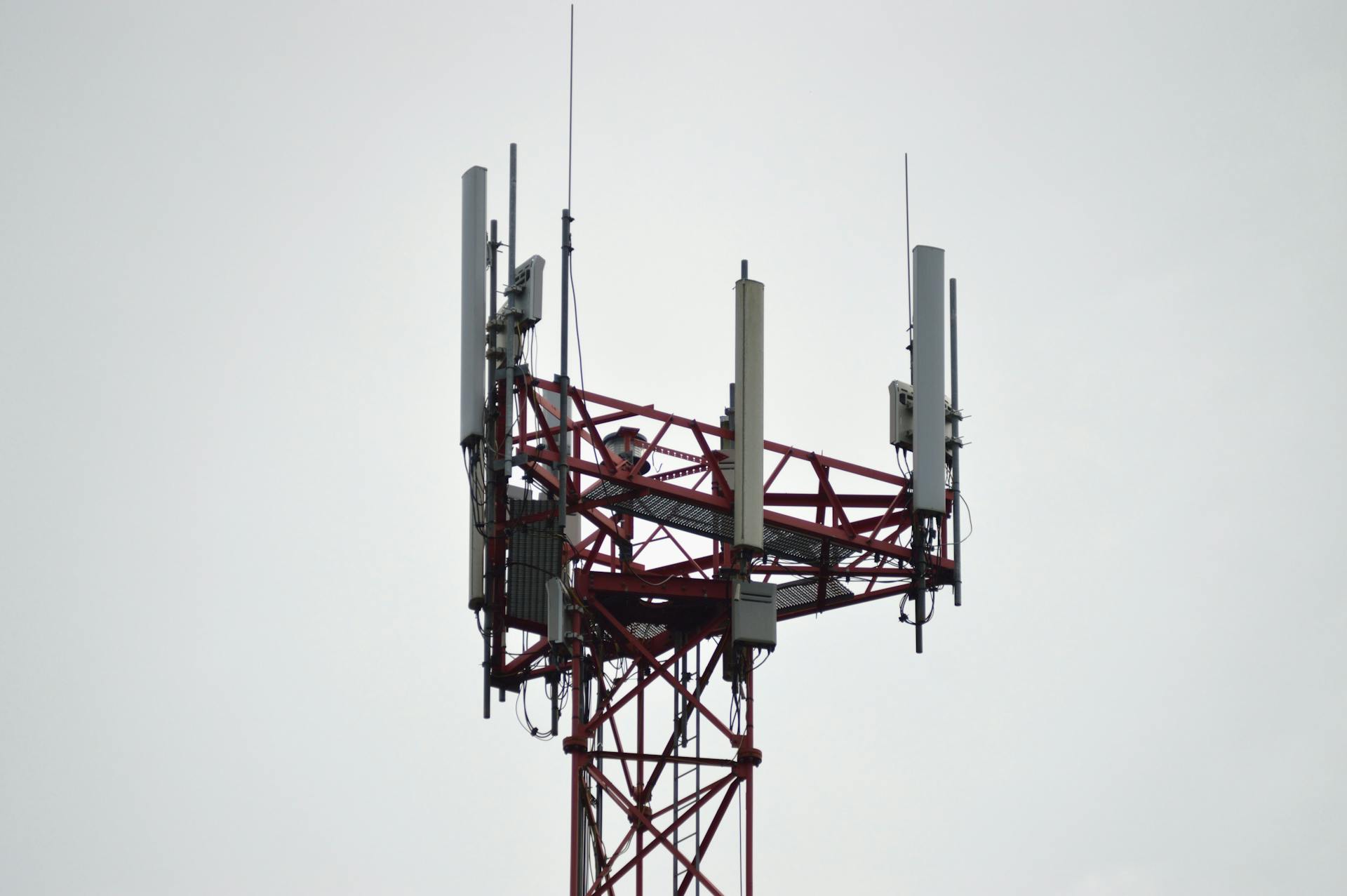Why Your Office Needs Two Internet Connections

We all love high speed broadband Internet. What once took forever to do in the days of dial-up Internet only takes a tiny fraction of the time to accomplish today. Streaming video starts instantly, online gaming can happen in real time, and the office environment has forever changed. And the speeds are only getting faster.
Live video conferencing and screen sharing sessions have become the norm in today’s workplace. Not to mention the increasing adoption of cloud-based software solutions and VoIP phone systems. More and more, standard office operations are becoming dependent on having a stable, high-speed connection to the Internet that is always available.
But what happens if your ISP (Internet Service Provider) has an outage in your area? Can your office continue to function uninterrupted without Internet access? How much money does downtime cost your business in terms of lost productivity?
A Single Point of Failure
When your Internet is working, everything in your office runs smoothly. But when virtually everything in your office depends on that connection being online, a single connection represents a single point of failure.
We actively search our customer’s environment for single points of failure and seek to eliminate them. And one of the first recommendations we make to customers is – if they depend on their Internet connection to function, it’s worth having a second one.
How does it work?
The customer usually already has a high-speed connection through their cable company, which we designate as their “primary” connection. We configure their network equipment to always prefer this Internet connection because it’s super fast and offers the best experience to their staff.
We assist the customer in selecting a cheaper Internet connection to use as their “backup” connection. This backup connection should ideally be with a different service provider altogether. Depending on the customer’s location and budget, this might be a cheap DSL connection, or a cellular connection.
We typically aim for least expensive, because this connection will only serve as a “secondary” or “failover” connection. It is only used when the “primary” connection suffers an outage. So the secondary connection does not need to be the fastest, and the customer shouldn’t need to pay a high price for it.

When your environment is configured like the diagram above, you will have an extra layer of protection against Internet outages. The router will always prefer your high speed cable modem connection while it is online and functioning. If your cable company suffers an outage, your router will “fail over” to your backup connection. And when your cable company restores service, the router will revert back to your original cable service.
When configured correctly, this connection switching behavior will happen automatically without any human intervention.
Are there any downsides to this approach?
In the spirit of full transparency – yes, there are downsides.
First, you’ll be paying for two Internet connections, only one of which you’ll actually be using at any given time. This is why we often aim for the least expensive connection to use for your backup connection. In a perfect world, the backup connection would never get used at all. It’s one of those things that are better to have and not need, than to need and not have.
Secondly, while your primary connection is down, your experience and speed on the backup connection will most likely not be as good as your normal service. If your primary service went down during the work day, the transition to the backup connection does not always happen instantaneously; there is often a few seconds of delay before the router realizes that your cable modem is offline and switches to the other connection.
This means that any real time activities, such as video conferencing and phone calls, will likely still be disconnected when the outage first strikes, and it may take a moment for these services to begin working again while the router is switching connections.
Depending on what services and software you use, some may not work as expected while on the backup connection. This is something we will test for our customers, and mitigate as much as possible.
Still, even with these downsides, this setup is preferable to being without Internet connectivity at all. The increased resiliency of being able to continue working through a major outage, even when the backup service is not quite as fast, is still a worthwhile investment.
Conclusion
In this day and age, having a functioning Internet connection is every bit as essential as having electricity. The more tasks you perform online, the more you depend on your Internet connection for your business to operate. Two Internet connections may sound expensive, but downtime from an outage is far more costly.
Running at least some of your software in-house instead of the cloud is another great way to hedge your bets against widespread outages. To learn more about this, I’d also encourage you to check out our article: Cloud Isn’t Everything: The Benefits of On-Site Servers.
Thank you for reading today’s article. If you’d like assistance with setting up a secondary Internet connection at your office, give us a call!


